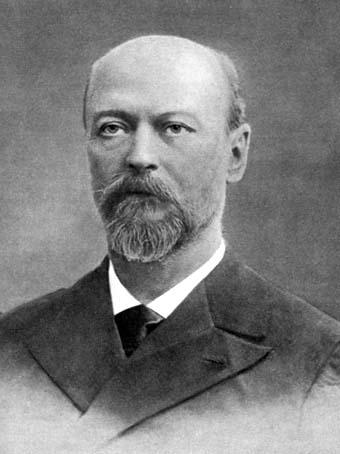Image from here
The museum premises are a historical monument. The existing Hermes House, initially called The House of the Small Handicraftsmen's Association (Burger- und Gewerbeverein-Haus) was built between 1865 and 1867 and inaugurated on November 24, 1867, thus, becoming the administrative centre of this Association as well as a place where various activities took place (club, library, school for journeymen, exhibition room for handicraft products). Then, this building had several destinations and, only in 1990, it became the premises for the new ethnographic museum, regaining its true purpose of popularizing the authentic values of material and spiritual civilization.
Image from here
The museum collections were established in the 19th century through donations and acquisitions that belonged to travellers and collectors of such objects: Franz Binder, Andreas Breckner, Karl Meliska, Carl F. Jickeli, Arthur von Sachsenheim, Herman von Hannenheim, Gustav Adolf Schoppelt, Alfred Capesius, W. Schonhut, A. Schwabe, G.A. Seraphin, Emerich Schuleri, Hans Mallik, Rudolf Nussbacher, Christine Schuster, Helene Fischer, Wagner von Wetterstadt a.s.o. Most of them were members of the Transylvanian Society for the Natural Sciences (Siebenburgische Verein fur Naturwissenschaften), which carried on its activity between the second half of the 19th century and the first half of the 20th century.
Image from here
The exotic collections of the museum fall into two categories: the old collections constituted between the second half of the 19th century and the beginning of the 20th century as a result of the Transylvanian Saxon travellers' donations to the Transylvanian Society for Natural Sciences from Sibiu; and the new collections established by exchanging collections, distributions, donations, acquisitions a.s.o. Thus, the exotic ethnographic patrimony of the museum, starting with the Egyptian mummy (donated by the Austrian-Hungarian consul in Egypt in 1907, Hermann von Hannenheim) and ending with the latest handicraft acquisitions, can find its place within a very diverse historical, geographical, ethno-cultural, and anthropological background. Originating from various parts of the world - northern Africa and the springs of Nile, China, Japan, Oceania, Asia Minor, Brazil, Lapland, Australia etc. - the objects belonging to the 'exotic collection' entered into the patrimony of the Natural Sciences Museum, forming a cabinet exhibition that was opened in the museum building until 1957.
Image from here
The collections were enriched after 1990 through successive acquisitions, exchanges or donations: the Zairean collection purchased from Violeta and Catalin Rang from Bacau, the ex-presidential collection of presents, comprising objects of extra-European origin (over 400 pieces donated from the gifts fund donated to the Romanian Presidency between 1965 and 1989), Japanese traditional toys obtained through an exchange of collections with the Museum of Toys from Hyogo, the national minority costumes collection donated by the Embassy of the People's Republic of China at Bucharest a.s.o.













